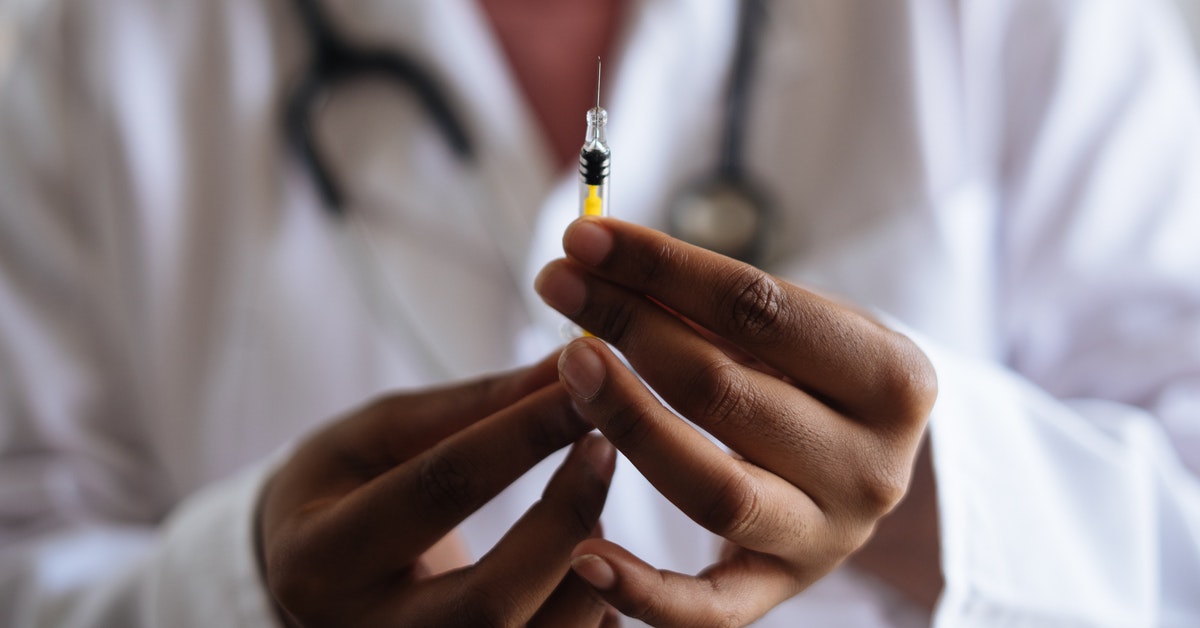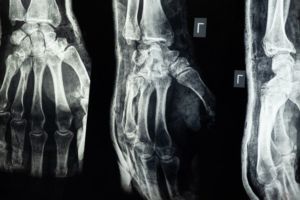
Are you still in pain days or weeks after receiving a cortisone shot? It’s always frustrating when a treatment doesn’t work as expected. There are several reasons why your cortisone shot may not have worked. Here are the facts on cortisone shot failure and what your next steps could be:
What Is Cortisone?
First, we need to discuss what cortisone is and how it works in the body. Cortisone is not an analgesic or pain-numbing medication. Cortisone is a hormone that your adrenal glands release to fight pain and help your body deal with stress. It reduces inflammation– a common cause of joint pain. When used as a treatment for orthopedic issues such as hip pain or knee pain, the cortisone shot is administered directly to the painful area.
How Long Does it Take for a Cortisone Shot to Work?
Since cortisol is a natural hormone that stimulates a natural process, it usually does not work immediately. You may have heard some people say that their cortisone shot provided immediate pain relief, but that was most likely due to a local anesthetic included in the injection. Many providers include a pain-killing medication with the cortisone shot to reduce the patient’s discomfort during and immediately after the shot. Excess fluid around the joint has to be drained before an injection can be given. Draining this fluid often leads to immediate pain relief even before the cortisone shot has kicked in. The cortisone itself takes about five days on average to fight the inflammation in the painful area.
If you are reading this a day or two after your injections, you may experience relief within the next few days. The more inflammation the cortisone has to fight, the longer relief can take. If the treated area is very inflamed, it may take up to three weeks to feel the effects of the injection. In some of these cases, the patient may need to receive a second injection a few weeks after the first one.
The Difference Between a Side-Effect and a Failure
Some patients may experience a “cortisone flare” after their injection. This happens when the cortisone crystallizes and causes pain for a day or two. The pain may be worse than what you were living with before the shot. This is not a dangerous side effect, but it is uncomfortable. You can ice the area and take over-the-counter pain relievers to help. This side effect only lasts two days at the most. You should feel better after that, and you may still experience significant pain relief within five days, just as patients who don’t have this side effect would.
It is rare for a cortisone injection site to become infected, but it can sometimes happen. Call your provider immediately if you notice fluid seeping from the injection site or the site feels hot and painful to the touch. Antibiotics can cure this type of infection, and the cortisone shot may still work for you. Again, infection is a very rare occurrence, but it is worth mentioning as a patient experiencing this may think that their shot has simply failed to work.
Reasons for Cortisone Shot Failure
It’s been several weeks, and your cortisone shot hasn’t taken effect. Maybe you’ve even received a second injection with no success. Why? Well, there are several possible reasons. As we said above, cortisone works to reduce inflammation. While inflammation is a common cause of pain, it is not the only cause. If your pain is not being caused or aggravated by inflammation, then a cortisone shot likely won’t work.
Provider error can be another reason. Cortisone shots need to be injected at the site of the problem, often within a joint or a tendon sheathe. Sometimes injections miss their mark. This is more likely to happen if your provider didn’t use an x-ray or ultrasound to guide the injection. Injections into the hip and knee can be especially difficult to aim and require x-ray or ultrasound guidance.
Patients with very advanced osteoarthritis whose cartilage is almost completely worn away may not benefit from cortisone shots. In these cases, inflammation is often not the primary cause of pain.
So What Now?
It can be discouraging to hear that cortisone shots won’t work for your pain. Fortunately, there are other options that may be more effective. Your provider should have taken X-rays or performed other diagnostic tests before giving you a cortisone shot. If they didn’t, you might want to get your diagnosis confirmed. Conditions like rheumatoid arthritis need to be treated with specific medications that slow disease progression. Cortisone shots may work in addition to these medications but will not be effective alone.
Osteoarthritis is a progressive condition that ranges from mild to severe. In order to determine your next steps, you need to know how bad your arthritis is. Patients who are in the earlier stages of osteoarthritis still have most of their cartilage and can benefit from treatments that re-lubricate the joint or assist the body’s natural healing processes. Hyaluronic acid injections and PRP injections are often effective for patients with mild to moderate levels of joint degeneration. Patients with severe degeneration may need to consider more permanent treatments such as surgery. Analgesic pain relievers can be injected to make you more comfortable while you wait for surgery, but these are not a long-term solution.
Here at Vanguard Spine and Sport, we have years of experience using injections to treat patients with joint pain. We can diagnose the cause of your pain and recommend the appropriate type of injection or other treatment. Our chiropractors believe in a whole-body approach to pain relief. Call or click today to get your personalized pain treatment plan.






